October 2013
less welcome resident?
26/10/13 21:41
This little chap was noticed on the lane this week, the first one spotted here. A harlequin ladybird, this is a relatively new resident, being first noted in the UK in 2004. Harlequins are predators of many small insects and other native UK ladybirds and their presence is threatening these species.
On the other hand, its haemolymph is said to be antimicrobial including being active against the TB pathogen and the malaria parasite.
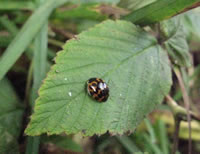
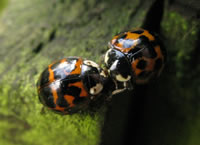
There are three main harlequin variants, this is the succinea colour variant.
And dinner:
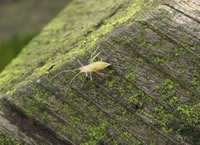
On the other hand, its haemolymph is said to be antimicrobial including being active against the TB pathogen and the malaria parasite.


There are three main harlequin variants, this is the succinea colour variant.
And dinner:

last vestige of summer?
19/10/13 23:31
It is the middle of October and the equinox is approaching rapidly but the daytime temperatures haven’t fallen below 100 centigrade yet. Nevertheless it was surprising to see a small tortoiseshell flying around the house this last couple of days - presumably a bit warmer inside. I suppose this one will attempt to hibernate over the winter.
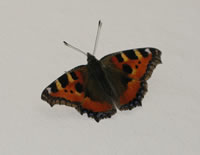
Meanwhile outside this pair had obviously decided it wasn’t time to hibernate yet either. The small one in the first picture (and lower in the second) is probably a strawberry snail, eater of lettuce patches, whilst the other is possibly a copse snail.
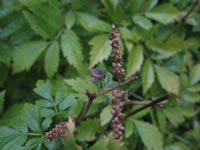
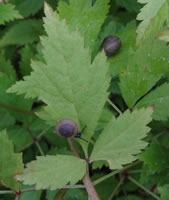

Meanwhile outside this pair had obviously decided it wasn’t time to hibernate yet either. The small one in the first picture (and lower in the second) is probably a strawberry snail, eater of lettuce patches, whilst the other is possibly a copse snail.


rotting tree stump
13/10/13 17:59
There is a tree stump at the south east corner of the lane which is rotting down nicely, with lots of insect holes but no moss, fungi or lichen. Thought to be an oak, due to the persistence of the medullary rays which run perpendicular to the growth rings and aid in the distribution of nutrients throughout the trunk. In oak, these are much harder than the surrounding wood and tend to rot at a slower rate, leading to distinct ridges in the rotting trunk.
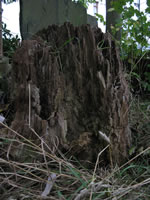
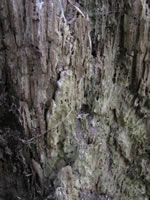
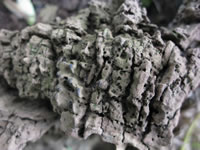
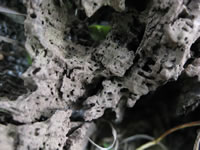
A gentle poke with a stick shows that it disintegrates easily, with much scurrying of small insects. This wood louse (prob the common rough woodlouse, Porcellio scaber) was the only one still long enough to photograph!
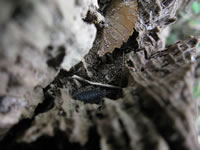




A gentle poke with a stick shows that it disintegrates easily, with much scurrying of small insects. This wood louse (prob the common rough woodlouse, Porcellio scaber) was the only one still long enough to photograph!

why I am rubbish at identifying insects and fungi
05/10/13 21:38
Richard Mabey puts it much more eloquently than I could:
“ But I must confess that I’ve never really got to grips with the insect world. For me there are simply too many of them; myriads upon myriads of species distinguished from one another by factors as minute as an underwing tint or the number of segments in the body. And all this on a creature which may be no more the a sixteenth of an inch long! Not having a mind to kill them just to satisfy my colour-matching skills, I am forced to give up at this point, and look at the bugs for what they do, not what they might be called.”
“The Unofficial Countryside” Richard Mabey. Stanbridge, Little Toller Books 2010 p. 132.
Exactly. And the same principle applies to fungi so I’m rubbish with them too.
“ But I must confess that I’ve never really got to grips with the insect world. For me there are simply too many of them; myriads upon myriads of species distinguished from one another by factors as minute as an underwing tint or the number of segments in the body. And all this on a creature which may be no more the a sixteenth of an inch long! Not having a mind to kill them just to satisfy my colour-matching skills, I am forced to give up at this point, and look at the bugs for what they do, not what they might be called.”
“The Unofficial Countryside” Richard Mabey. Stanbridge, Little Toller Books 2010 p. 132.
Exactly. And the same principle applies to fungi so I’m rubbish with them too.




